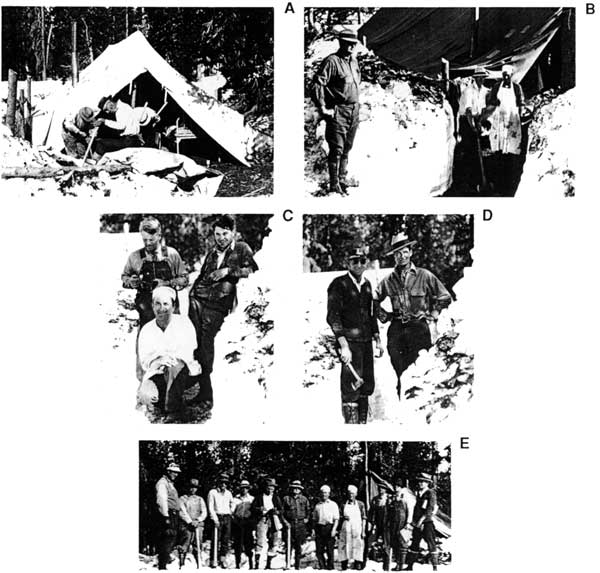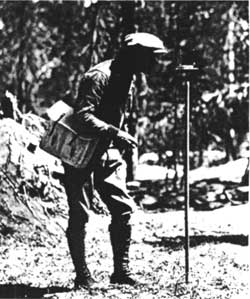Trained bears no less.
The 1929 work went smoother for the Forest Service because the crews worked both sides of the east boundary of the park, and Jaenicke spent several weeks training men to spot beetle infested trees. Brown said control work should be continued in 1930 and the cost would be about $1,500 (see footnote 17).
|
|
In July 1929, the personnel situation in the Bureau of Entomology changed. J.E. Patterson resigned from Government service to go into the resort business with his father-in-law, Charles William DeCarlow, at Pinehurst, Oregon (see footnote 6). Frederick Paul Keen, an entomologist who started working at the Ashland station in 1914 at the same time as Patterson, was assigned to take his place. Keen was one of the small pioneer group of entomologists along the Pacific coast. He was the first university-trained forest entomologist to work at the Bureau of Entomology, Pacific Slope station (that is, he had both formal forestry and entomology training at the University of California, Berkeley). Keen studied bark beetle biology, ecology, and control methods for several years at the Ashland field station. In 1917, he went into the U.S. Army for the duration of World War I. After farming on family property in southern California for a short time, he joined the new Bureau of Entomology station at Stanford University in Palo Alto, California, in 1921. In 1922, he set up a temporary field station at Klamath Falls, Oregon, and led a cooperative bark beetle control project in the area for several years. Keen went on to a distinguished career in forest entomology. He published many papers on silvicultural control of bark beetles. Lessons that he learned at Crater Lake probably instilled an interest in developing ways to prevent insect outbreaks rather than combat them directly. In 1931, he became leader of the Bureau of Entomology, Pacific Northwest Forest Insect Research Station, in Portland Oregon. In 1942, he was placed in charge of both the Portland and Berkeley stations of the Bureau where he directed research until shortly after World War II. He then reverted to Chief of the Berkeley laboratory until his retirement in 1953 (see footnote 6).



